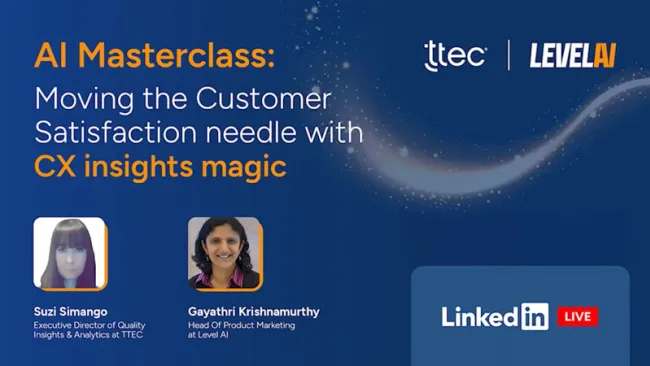Customer experience journey mapping is widely embraced as the process for helping brands visualize and optimize the customer experience. However, the Internet of Things (IoT) could tear a massive hole in marketers’ journey mapping efforts.
Today’s average consumer bounces from channel to channel, leaving behind a complicated trail of data points. And, these data points are growing rapidly as we move into an IoT era where more devices than ever are connected and generating new streams of user data. Estimates of the number of Internet-connected objects vary, but suffice it to say that the number is huge. Cisco estimates that the number of digitally connected devices will reach 50 billion by 2020, IDC predicts that number will be closer to 32 billion by 2020, and Gartner projects 26 billion connected devices.
Needless to say, the IoT will increase the amount of data available for analysis. Marketers will need to revamp their approaches to customer journey mapping in order to understand customer behavior in an IoT landscape. However, there are significant barriers to analyzing and mapping the influx of data generated by the IoT.
Every device in the IoT world has the capacity to create data. In order to leverage that data, marketers must be able to integrate it, which isn’t feasible if they have to worry about different formats and different sources of data.
Vendors recognize this challenge and are building technology solutions that will enable marketers to aggregate and standardize data from multiple sources in a useable format. Machine learning and predictive analytics are playing a large role in these developments, which also point to the evolution of journey mapping.
The traditional customer journey map is something that’s set up in advance and based on known touch points and static attributes, but with the proliferation of IoT data, companies are getting a lot of contextual data that changes on the fly. As a results, there’s no way an individual can anticipate all the different combinations and permutations [of those data points].
Enter dynamic, algorithm-based customer journey maps. Instead of predefined journeys, marketers will need journey mapping solutions that can analyze multiple data streams in real time to offer “next-best action” recommendations for meeting their goals. These changes aren’t going to happen overnight, however. Simply identifying the right types of data to be analyzed is a challenge in itself and so marketers are likely to move slowly in enhancing their journey maps.
I predict some people will take limited input from the IoT and plug it into a static journey map in a deterministic approach. But to be truly data-driven, a journey map can’t be predefined at that level of rigidity and the best strategies will move away from fixed attributes.
A well-designed platform will also be equipped with predictive analytics and machine learning capabilities to uncover non-intuitive insights. For example, a predictive analytics platform that showed women who watch World Wide Wrestling matches have a propensity for purchasing a certain designer shoe. The platform thereby identified a new target audience for the brand. The data doesn’t lie, and that’s the type of conclusion that marketers would never think of by themselves.
Indeed, if marketers are to learn anything from the IoT, it’s that new connections between customers and brands are developing outside of traditional pathways. The challenge is to be nimble enough to take advantage of those connections and data insights. Don’t focus on the devices themselves. Instead, marketers should ask themselves, “How do I get access to the right data with the least amount of effort?”
Also, check out the most recent issue of our eNewsletter.
Why the Internet of Things Could Tear a Hole in Journey Mapping















